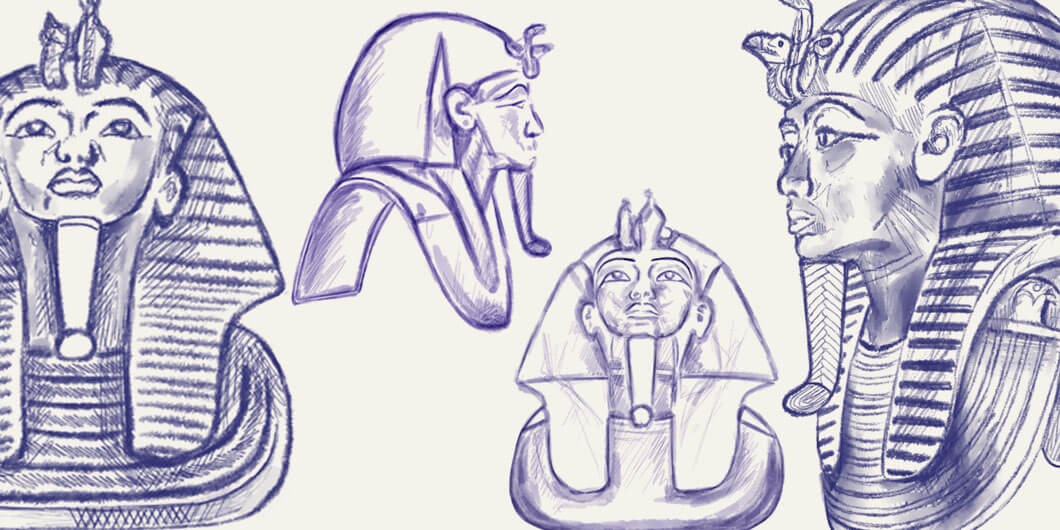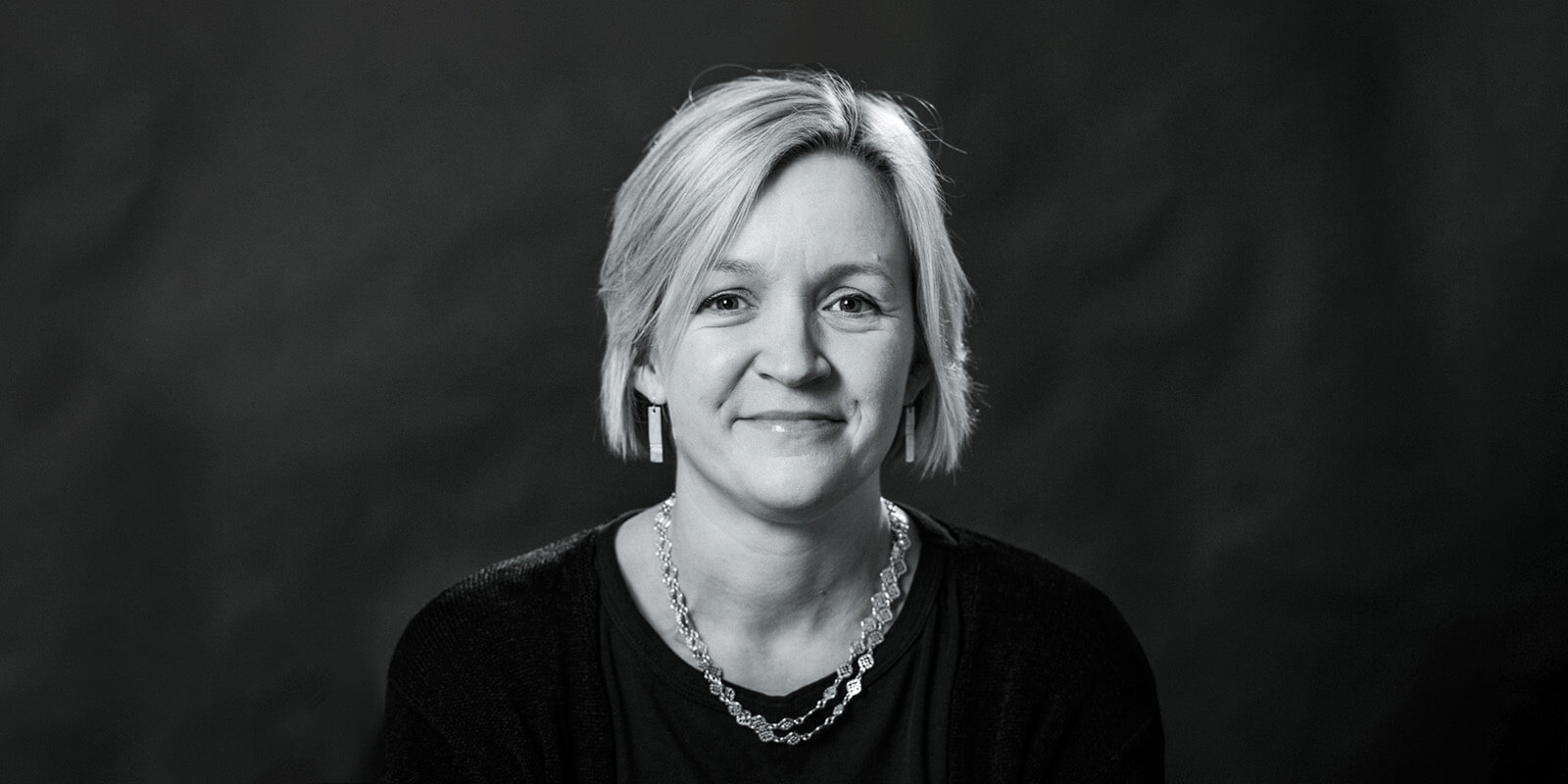Laura Clancy is an experienced product designer who has worked at The Royal Mint since 2006, creating designs for the reverse of The Remembrance Day 2018 UK £5 Coin and the James Bond 2020 Special Issue Coin, to name but a few. Her latest design marks 100 years since one of archaeology’s greatest finds, the undisturbed tomb of the ancient Egyptian pharaoh, Tutankhamun. Laura talks us through her reverse design for The 100th Anniversary of the Discovery of Tutankhamun’s Tomb UK £5 Coin.

What was it about this subject matter that made you want to submit a coin design?
“I remember learning about ancient Egypt and about Tutankhamun in school and being absolutely fascinated, and that fascination remains today. It has always been an exciting subject and one that continues to intrigue; the thought of all those beautiful artefacts hidden from view for thousands of years. I am a bit of a magpie, so the gold stylised objects that were found in the tomb have always appealed to me. I was keen to design a coin using the objects as inspiration.”
What research did you do?
“This coin was initially designed during lockdown so, unfortunately, I could not visit any museums or exhibitions as they were still closed. Luckily, there are so many good resources about Tutankhamun and about the artefacts found within the tomb. I did a bit of reading into the history and timeline of his reign, but I mainly worked visually and looked at lots of photographs of the discovery and of the artefacts, and read the descriptions of what they saw when they looked
inside the tomb.”
How did you approach the initial design concept?
“I thought a lot about the discovery itself, the way in which they had to excavate through various layers to reach the tomb and the way that the tomb was separated into four chambers. I also looked at the objects found within the tomb and what they represented. I did some designs that did not include Tutankhamun’s gold mask as prominently but ultimately, that is the object that has become synonymous with Tutankhamun. So, then I looked at different photographs showing the mask at different angles and from different viewpoints. I thought about how using a slightly different angle of the mask would make the design stand out from the face-on profile that is usually used.”
Talk us through some of the features of the design.
“I used a three-quarter profile of Tutankhamun’s mask so that it appears to look into the coin. I think having a three-quarter profile makes the mask appear more monarch-like and regal. The mask is also seen at a slightly elevated angle, so that we are looking up at it, which also emphasises Tutankhamun’s status. This idea of Tutankhamun as an icon is also shown in the radiating lines behind the mask, which mirror the stripes often found on ancient Egyptian burial masks. These lines also reflect the light on the coin’s surface. The pattern around the edge of the design is based on some of the patterns found lower down on the mask.”
What challenges did you face when creating this design?
“There were some technical developments when it came to modelling as one side obviously had more material that the other. I had to make sure the angle of the mask was correct without adding too much volume. Initially the radiating lines were too close so you could not see the nice shiny metal between them, so I had to slim them down to make the design work. But, after some engraving trickery, we managed to make it work, and I am really pleased with the result.”
How did you feel when it was revealed that your design had won?
“I am thrilled that my design was chosen. It is a huge privilege and it is lovely designing for a UK £5 coin because it is a nice chunky coin, which really shows
off the design.”






